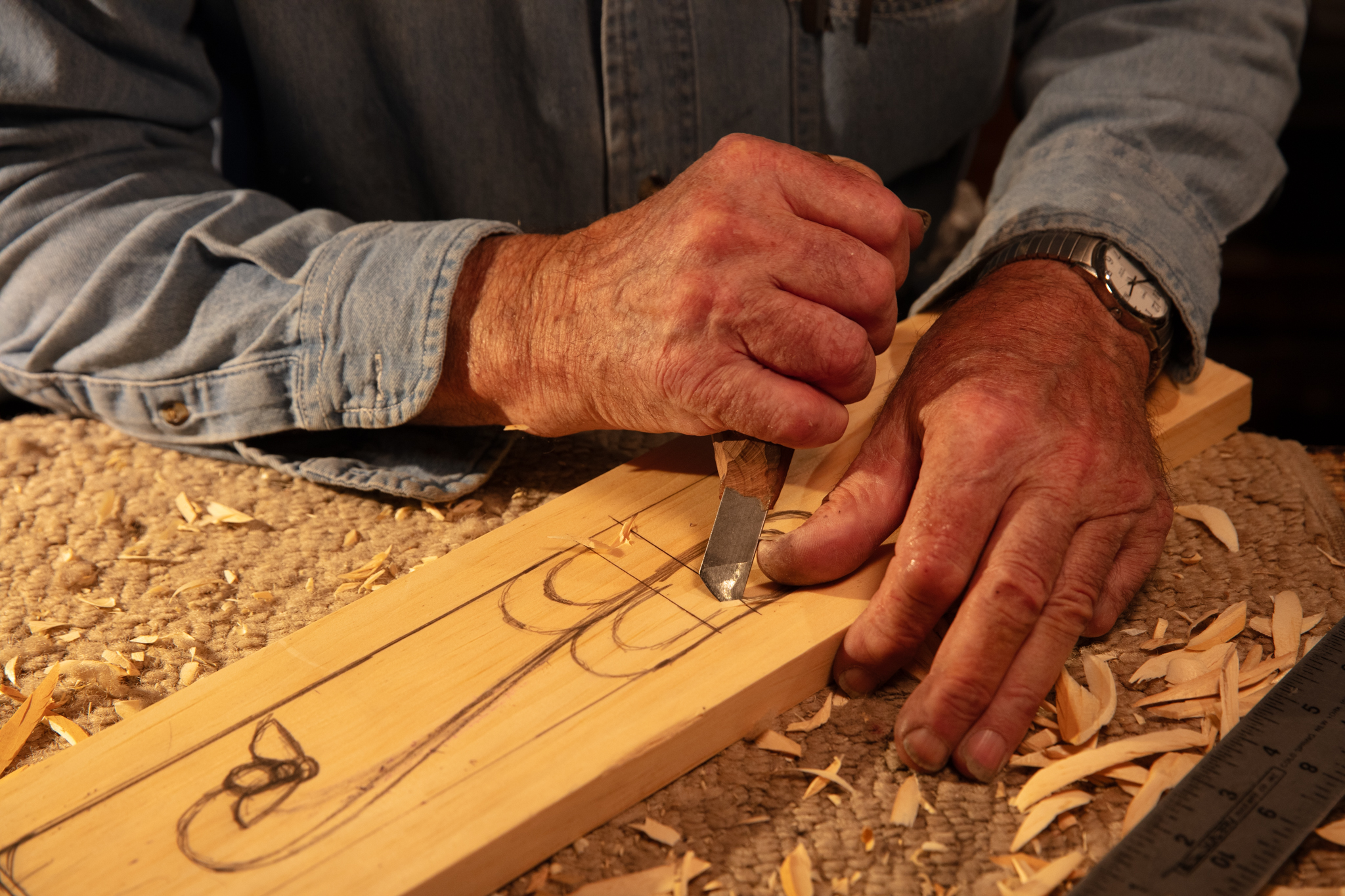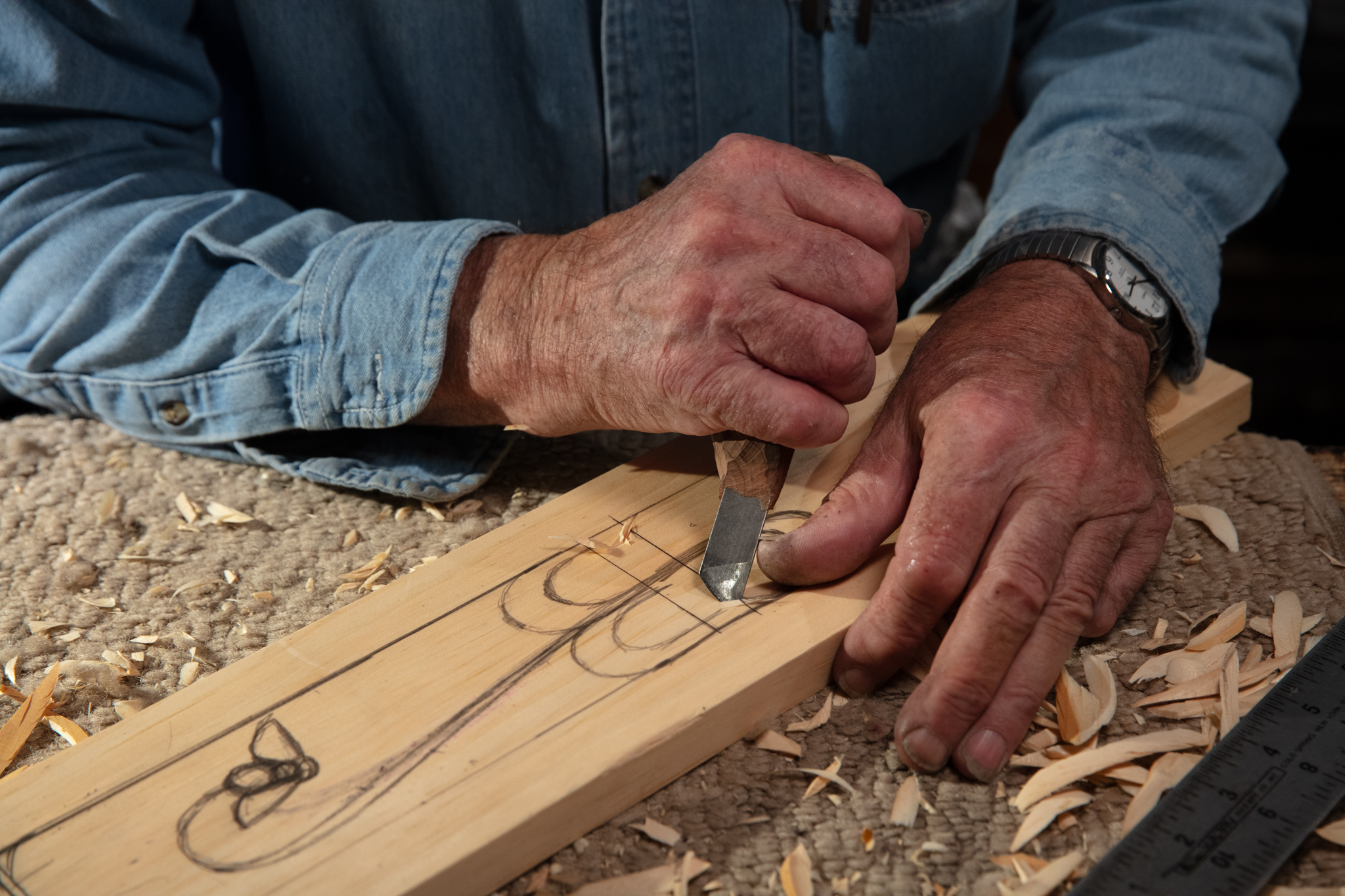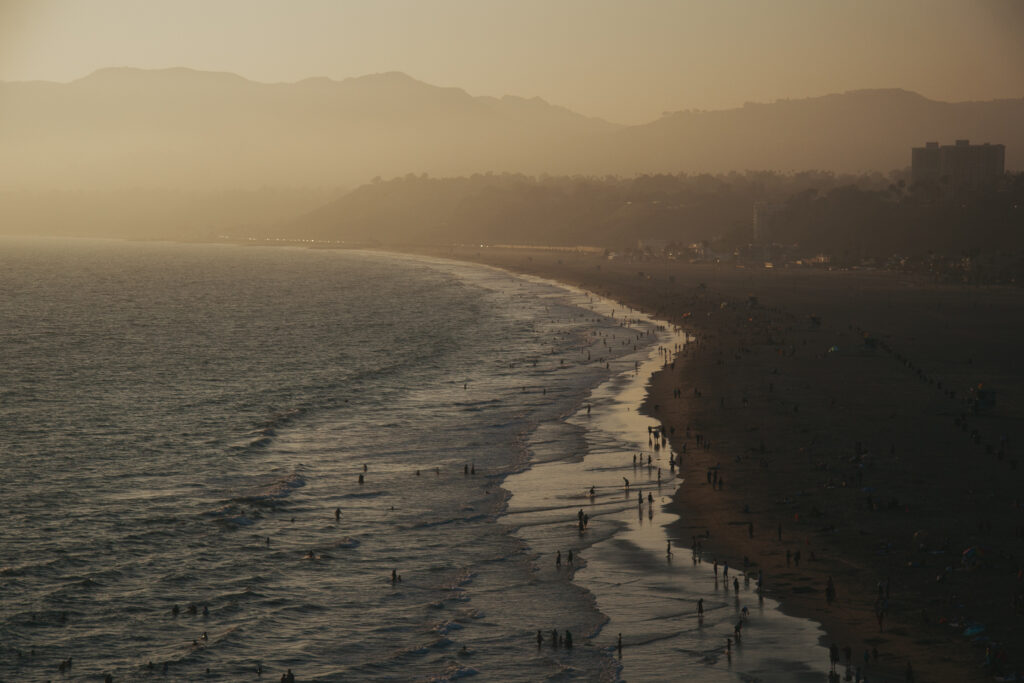Film in photography has been replaced by the image sensor, which captures photos in a digital format. Modern cameras provide two photo file types or formats to record images: JPEG and RAW. Understanding the differences is a foundational part of photography that every beginner must address. But thankfully, with a bit of clarification and guidance, the decision on which format to use is easy to make.
Most cameras allow you to capture photos using one format or the other or even both simultaneously. Dual-format capture used to be necessary for professionals who needed to send numerous proofs (as JPEGs) to clients and editors before fully processing the image in Adobe Lightroom or similar photo editing software. Why spend time editing a photo destined for the trash bin? More technological reasons center around file sizes too large to email or upload and whether the recipient has the necessary software to view a RAW file.
JPEG is a “universal” format, meaning that any device capable of viewing photos can display your images. This convenience makes it popular for casual photographers and social media enthusiasts. On the other hand, RAW, often referred to as the digital negative, offers a greater range of image editing capabilities and is the preference for professionals and serious amateurs. But how do these formats compare, and which should you choose for your photography?
The answer to that question depends on your skill level, what you intend to do with your images, and how much time you’re willing to invest in post-processing. This comparison aims to clarify the differences between JPEG and RAW file formats, looking at their respective characteristics, advantages, and limitations.
Ultimately, it’s your choice, but shooting in RAW only and exporting to JPEG is recommended.
JPEG File Format
The JPEG format is typically the default setting for capturing images in most digital cameras, including smartphones. This format is used primarily for its smaller file sizes and aforementioned “universal” viewing qualities. Although there is nothing wrong with using this format, JPEG captures relatively limited information for post-processing. Consequently, this could restrict your editing capabilities, shaping how you can manipulate your images after the snap.
When you capture a photo in JPEG format, the camera undertakes a process of in-house optimization, almost like a mini post-production session happening right at the moment of capture. Guided by your established settings, the camera adjusts various aspects of the photo. It could enhance the color saturation, making your picture’s reds, blues, and greens appear more vivid. Alternatively, it might focus on sharpening the image, emphasizing the smaller details that bring your photo to life. The camera also compresses the picture, thereby shrinking the file size and making it easier to store and share.
But this in-camera processing isn’t without its downside—information that the camera deems unessential, according to the settings you’ve chosen—or ignored, is discarded, and there’s no retrieval option. This could be an acceptable trade-off if you’re confident in your settings—most beginners and many enthusiasts are not. This means you must pay extra attention to those settings, as once the data is deleted, it’s gone for good. The file information necessary to correct elements of a photo is no longer available, which can ruin an otherwise great image.


Unmellow Yellow
Getting the white balance wrong happens more often than you might realize. Minor mishaps aren’t as noticeable as in some pictures but can be pretty obvious in others, like the above “before” image of Bob in action, Nantucket’s custom quarterboard maker. Auto WB was enabled, and this is what the camera thought was correct. A photo with such extreme color shifts may be impossible to rescue in Adobe Lightroom or Photoshop if shot in JPEG, which leaves you with a good candidate for black-and-white conversion. But since the image was captured in RAW, all of the file information necessary for proper color correction was available. A simple click of the white balance eyedropper tool on his watch face fixed the issue, as shown in the “after” image.
Note how a warmer color works in the above image of the Santa Monica coastline.
RAW File Format
Unlike its JPEG counterpart, RAW takes an ‘information hoarder’ approach; it doesn’t throw out any data. Instead, it records and preserves all the information exactly as the camera sensor captures it. For those who have dabbled in film photography, you could think of a RAW file as a digital equivalent of a film negative. This format is often the choice of professionals and serious enthusiasts, primarily due to its flexibility during the post-processing or editing phase.
But of course, there’s a cost—there’s always a cost, right? The price you pay for the increased flexibility RAW offers is a notable increase in file size—on average, RAW files can be about three times larger than JPEG files. The implications of larger file sizes were a concern when memory cards and external hard drives were expensive. But that’s not the case now, where memory and storage options have become significantly more affordable. With that in mind, there’s hardly any reason not to use RAW for all your captures.
RAW files are about three times larger than JPEGs and consume more memory and drive space.
Why Use the RAW Format?
One of the noteworthy advantages of RAW files lies in their superior dynamic range. Unlike JPEGs, RAW files can capture a wider range of tonal values, from the darkest shadows to the brightest highlights. This extra depth of information opens up more possibilities for post-production, whether you’re adjusting exposure, tweaking contrast, or fine-tuning colors. You’ll find you have more latitude to make corrections without losing image quality or introducing unwanted digital noise.
The richer detail captured in RAW files makes them ideal for large-scale prints. Suppose you’re an aspiring professional or someone who enjoys displaying their work in a physical format, like an exhibition or displaying wall art in your home. In that case, RAW can provide the level of detail necessary for larger prints without pixelation or loss of sharpness.
Shooting in RAW format gives you complete control over the processing and interpreting of your image data. Unlike JPEGs, which are automatically processed in-camera, RAW files allow you to determine how your images should look. This can be incredibly satisfying for those who love to immerse themselves in the artistic side of photography—the author included. The ability to make decisions on aspects like white balance, saturation, contrast, and sharpening can truly enhance your creative freedom and help you develop a unique photographic style.
RAW is intended for editing. JPEG not so much.
"Future Proof" Your Photos
Image editing software is constantly evolving, and the apps of tomorrow will be better and more powerful than the software available today. Capturing photos in the RAW format “future proofs” your images because you can go back and re-edit your pictures, taking advantage of newer technology capable of getting more from the original RAW file. For historians, RAW is also the best format for archiving and preservation purposes.
In conclusion, the RAW format gives you exceptional control over the creative process. It may seem daunting initially, but as your understanding and skills grow, you’ll likely find that the potential advantages of shooting in RAW far outweigh the challenges. The good news is that the format you choose is usually a “set and forget” decision unless you need to change it for any reason.
Ready to Learn?
SIGN UP FOR A CLASS TODAY
Shutterbug Training is located in Columbus, Ohio, and offers in-person classes and private photography instruction to individuals and groups. Virtual training is available upon request.
